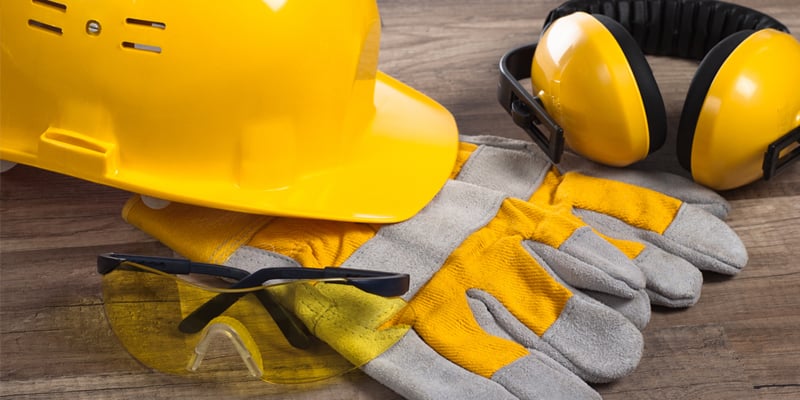
By
Rob Boyle
October 10, 2024
Updated
October 10, 2024

What is PPE or Personal Protective Equipment?
Personal Protective Equipment or PPE is specialised clothing or equipment worn or used by a worker for protection against health and safety hazards at work or on a job site.
Why should I use PPE and how can it protect me?
Hazards exist everywhere, both in the home and at the workplace. Controlling a hazard at its source is the best way to protect yourself, however there are times where this is not feasible. PPE is considered to be a temporary or last line of defense where hazards cannot be eliminated completely.
Wearing the right PPE is important, however it does not reduce the workplace hazard, nor does it guarantee permanent or total protection for the wearer. Simply having PPE available is not enough. In order to ensure the required level of protection:
- PPE should be selected considering the type of hazard and the degree of protection required.
- PPE should be useable in the presence of other workplace hazards.
- Users should be trained in proper use and fit of the PPE

Types of PPE and how they are used
- Eyes: Safety spectacles, goggles, face screens and shields.
- Head and neck: Industrial safety helmets, bump caps, hairnets and firefighters' helmets.
- Ears: Earplugs, earmuffs and semi-insert/canal caps.
- Hands and arms: Gloves, gloves with a cuff, gauntlets and sleeving that covers part or all of the arm.
- Feet and legs: Safety boots and shoes with protective toecaps.
- Lungs: Respirators and other breathing apparatus.
- Whole body: Conventional or disposable overalls, boiler suits, aprons and chemical suits.
If PPE is found to be defective, it should be discarded and replaced. PPE should be properly stored and maintained. Both the employer and the employee have a duty when it comes to PPE. The employer must provide adequate PPE and the employee must use and wear appropriately.
